The Architectural Elements and Features of a Mosque
The architecture of a mosque is much more than just an aesthetic aspect. It is deeply rooted in the religious and cultural practices of Islam. Every component of a mosque has a purpose and significance, reflecting the spiritual and practical needs of the Muslim community. Let’s explore some of the fundamental architectural elements and features of a mosque, each carrying unique meanings and functions.
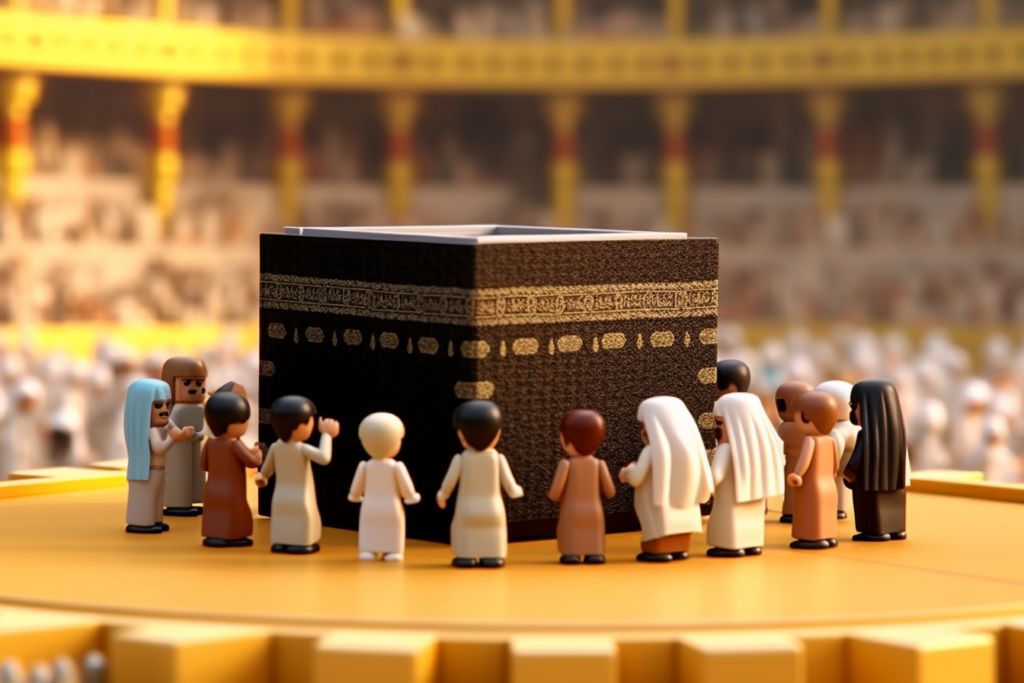
Qibla
The Qibla is the direction that Muslims face when performing their prayers (Salah). It is oriented towards the Kaaba, a cube-shaped building in the Masjid al-Haram in Mecca, which is considered the holiest site in Islam. In a mosque, the Qibla is usually indicated by the mihrab, a niche in the wall.
Mihrab
The Mihrab is a semicircular niche in the wall of a mosque that indicates the Qibla. It is the focal point in the prayer hall, positioned at the front and center of the mosque. The imam, the prayer leader, stands in front of the mihrab when leading the congregational prayers. The design of the mihrab can range from a simple indentation to an ornately decorated alcove.
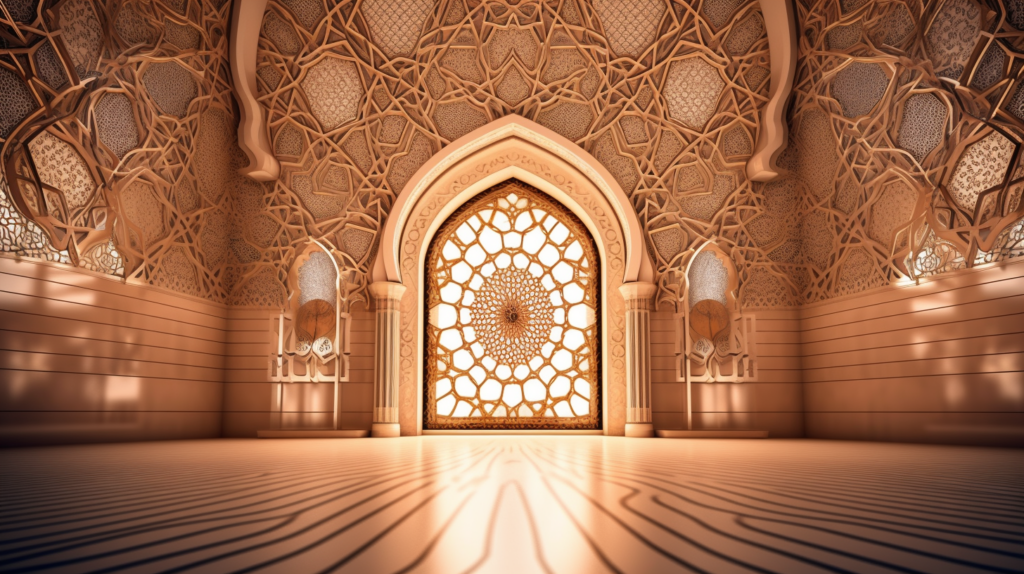
Preaching Chair
The Preaching Chair is an additional location where sermons can be delivered, typically situated on the left side of the mihrab. This chair is used when the minbar is not in use. It allows for a more informal address to the congregation, particularly during less formal gatherings or smaller congregations.
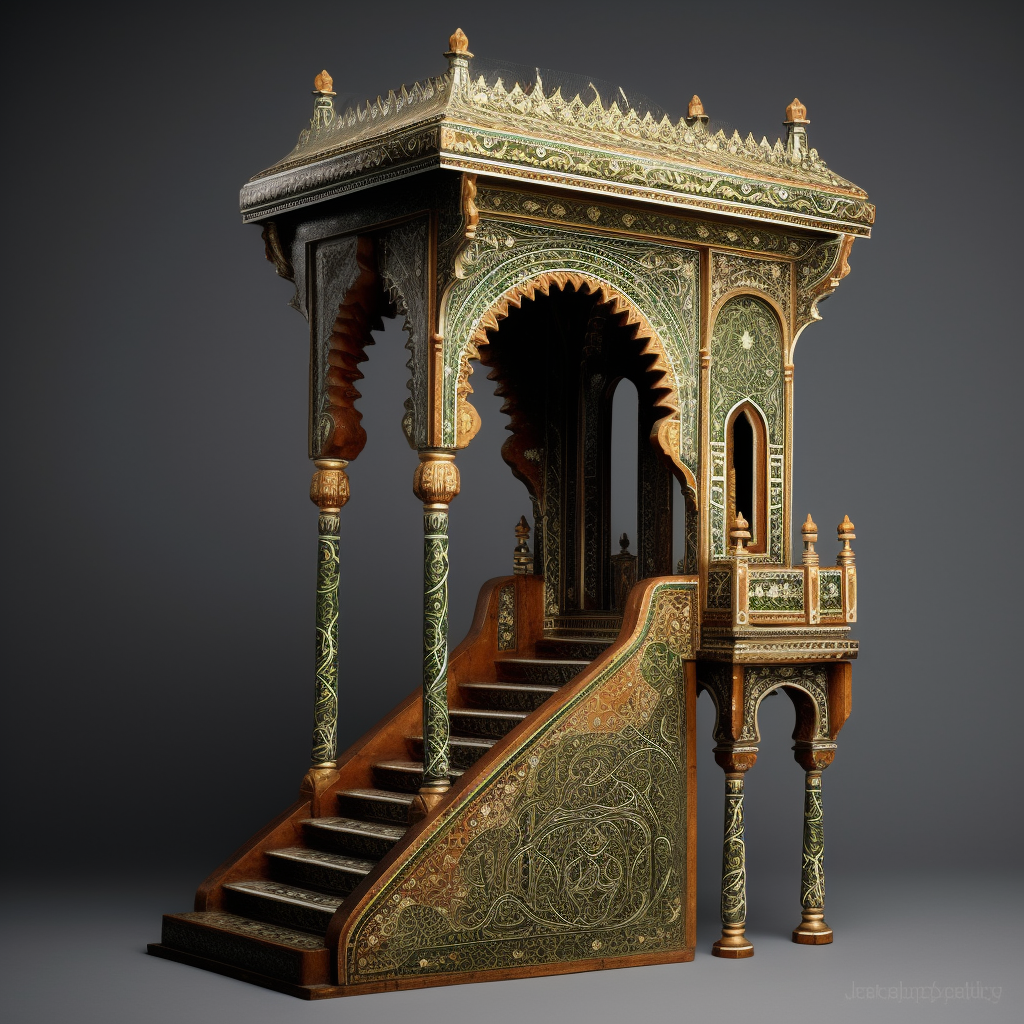
Minbar
The Minbar is a pulpit in the mosque where the imam delivers sermons, primarily during the Friday prayer service (Jumu’ah). It is usually located to the right of the mihrab and is often a stepped platform. The minbar serves as a symbolic and physical elevation, enabling the speaker to be seen and heard by the entire congregation.
Muezzin Mahfili
The Muezzin Mahfili is a designated area in the mosque reserved for the muezzin, the individual who calls the faithful to prayer (Adhan). This area can be an enclosed space or a small platform, and it is often surrounded by a wooden or stone fence for privacy. This may be common in certain cultures.
Rahle
The Rahle is a special wooden stand or bench used for holding the Qur’an, the holy book of Islam, during recitation. It is designed to make reading more comfortable and is often intricately designed, reflecting the reverence Muslims have for the Qur’an.

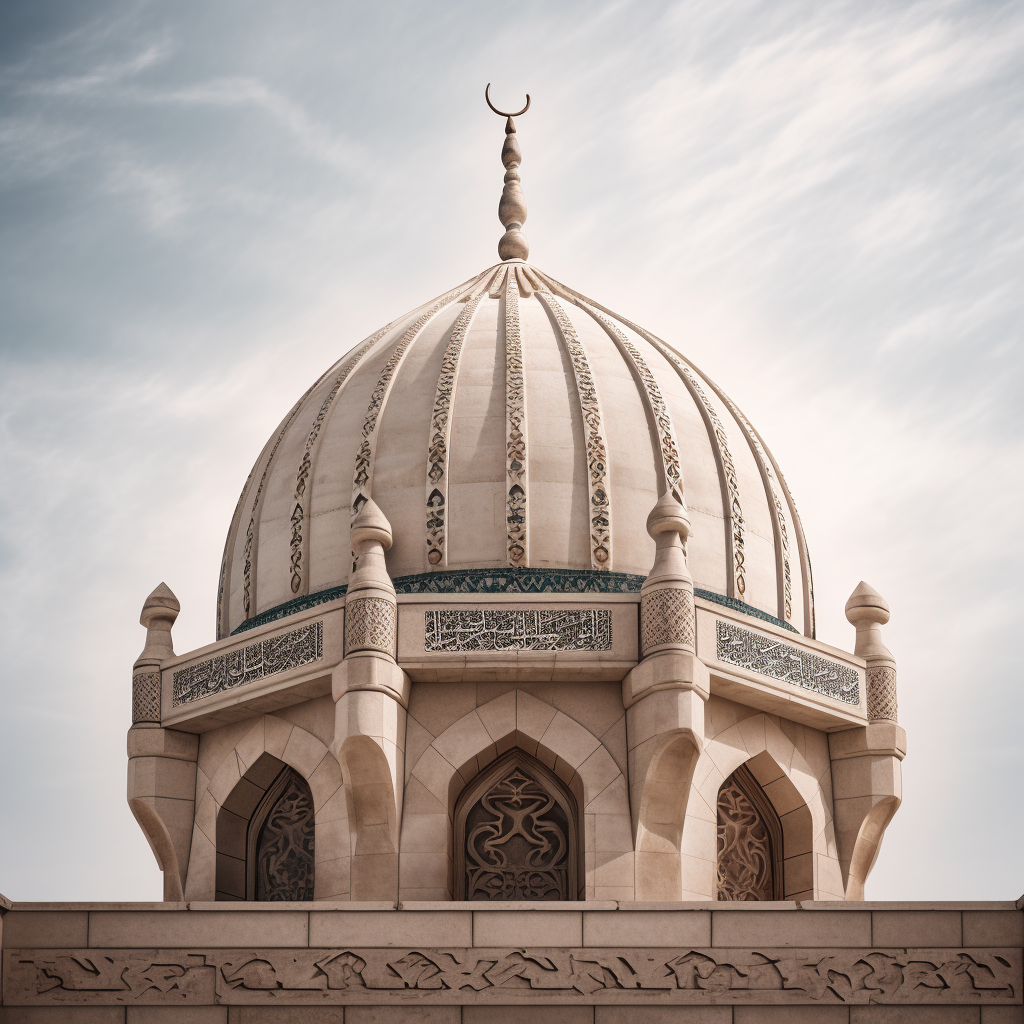
Dome
The Dome is a common architectural feature in mosques, although not all mosques have one. It is a hemispherical structure that covers the main prayer hall. The dome serves both a practical and symbolic purpose. On a practical level, it helps with acoustics, ensuring that the imam’s voice carries throughout the mosque. Symbolically, the dome represents the heavens and the universe in Islamic architecture.
Minaret
Minarets are tall, slender towers attached to mosques. Traditionally, the muezzin would climb to the top of the minaret to call the faithful to prayer. Today, loudspeakers are often used for this purpose. The number of minarets can vary, and their design can range from simple, square towers to ornately decorated spires.
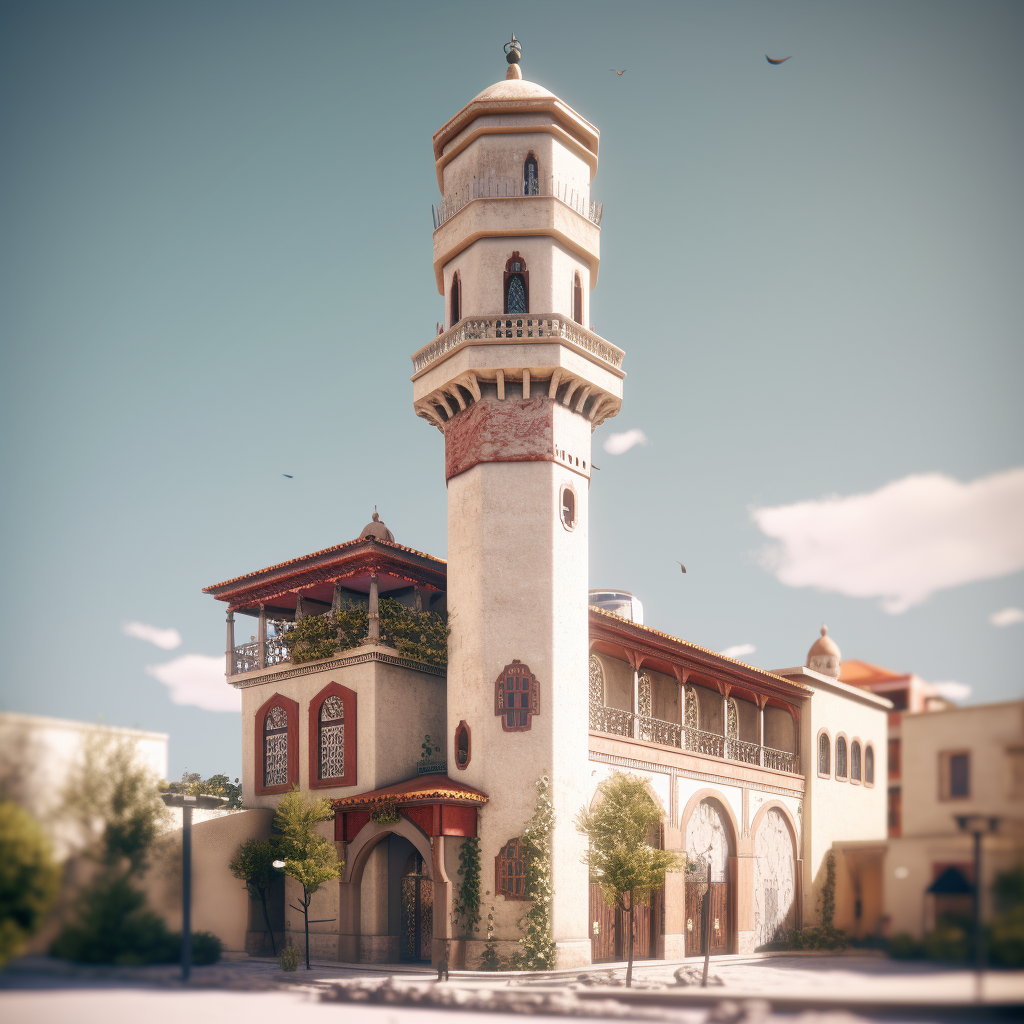
Each element of a mosque, from the mihrab and minbar to the dome and minaret, carries a specific purpose and significance. These features not only facilitate the practice of worship but also reflect the spiritual beliefs and cultural traditions of Islam. Understanding these elements enhances our appreciation of the mosque not just as a place of worship, but as a living testament to the rich history and profound spirituality of the Islamic faith. The design and layout of mosques have evolved over the centuries, reflecting the changing needs and artistic expressions of Muslim communities worldwide. However, the fundamental principles and functions remain consistent, providing Muslims with a familiar and comforting space for prayer and community, no matter where they might be in the world.
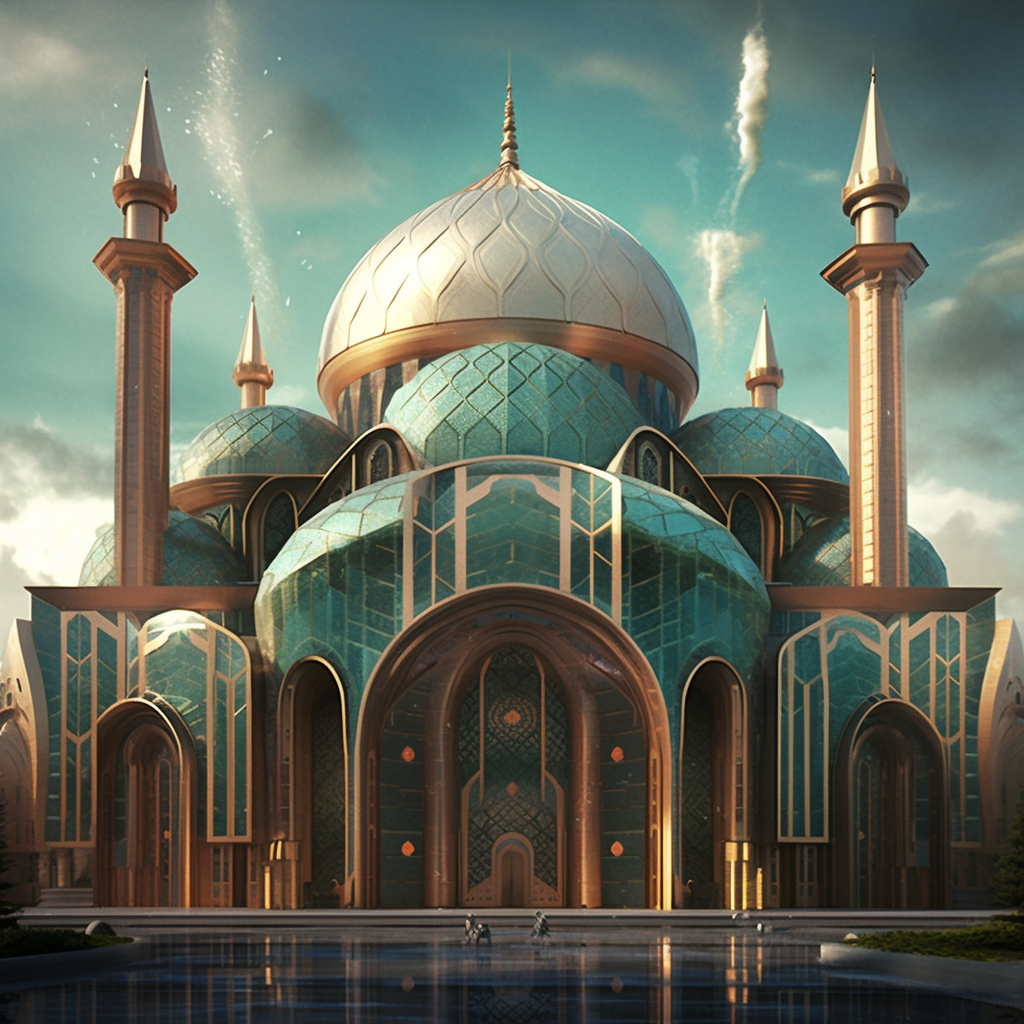
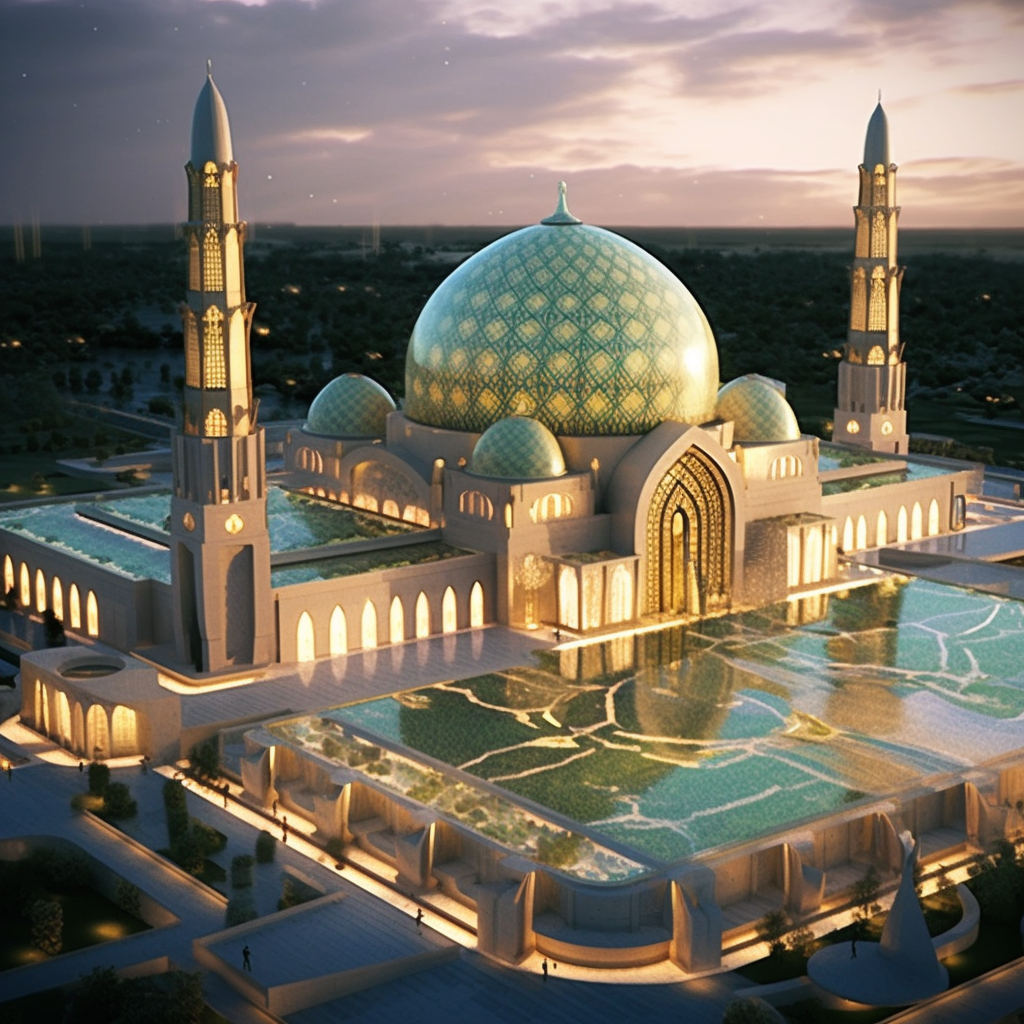

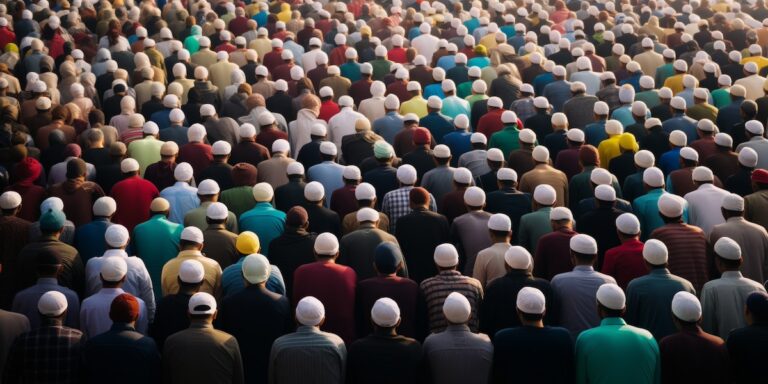
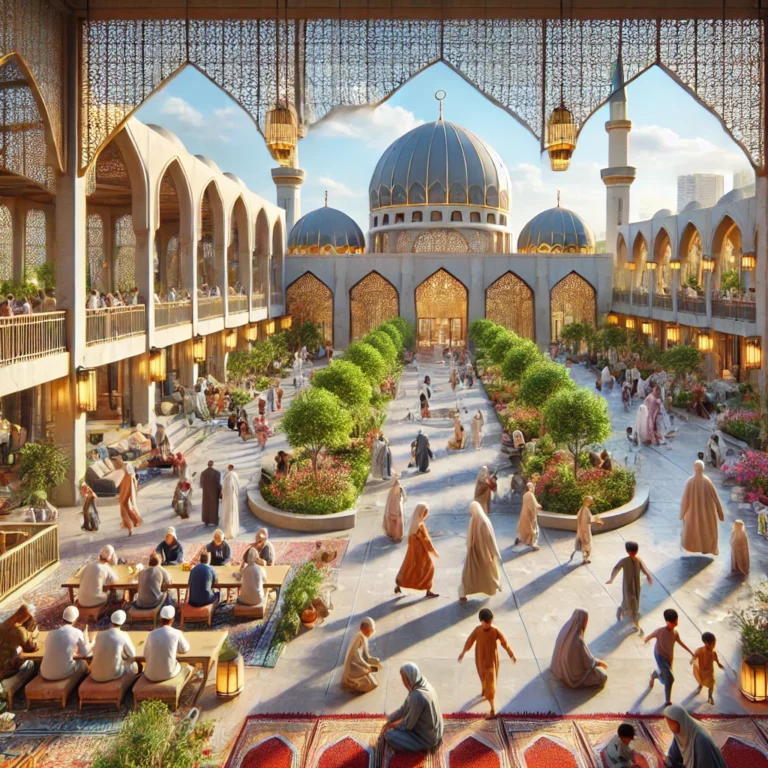
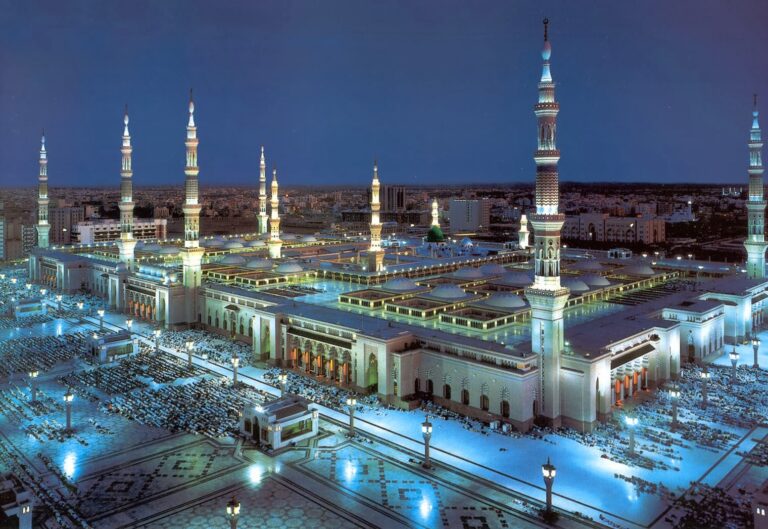

One Comment